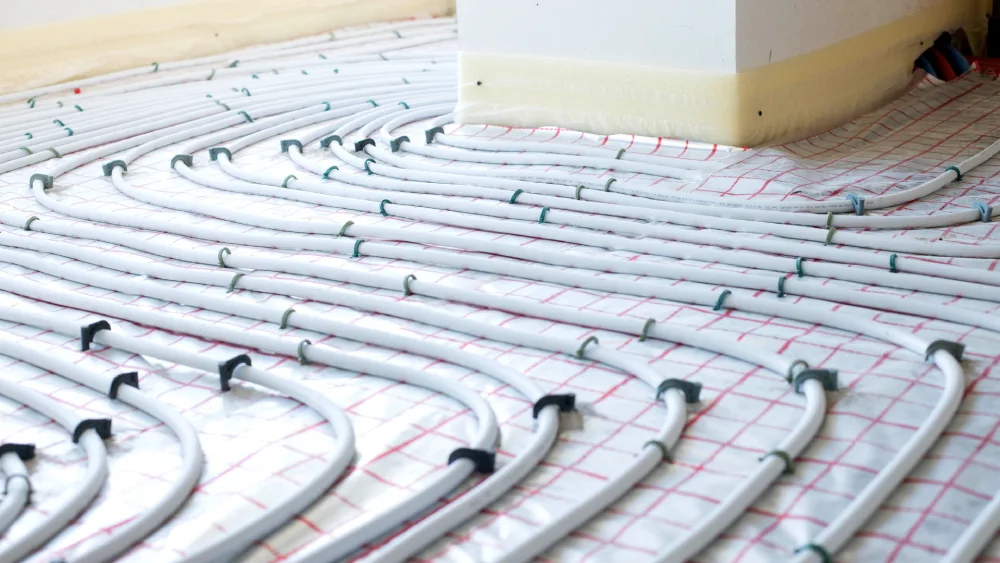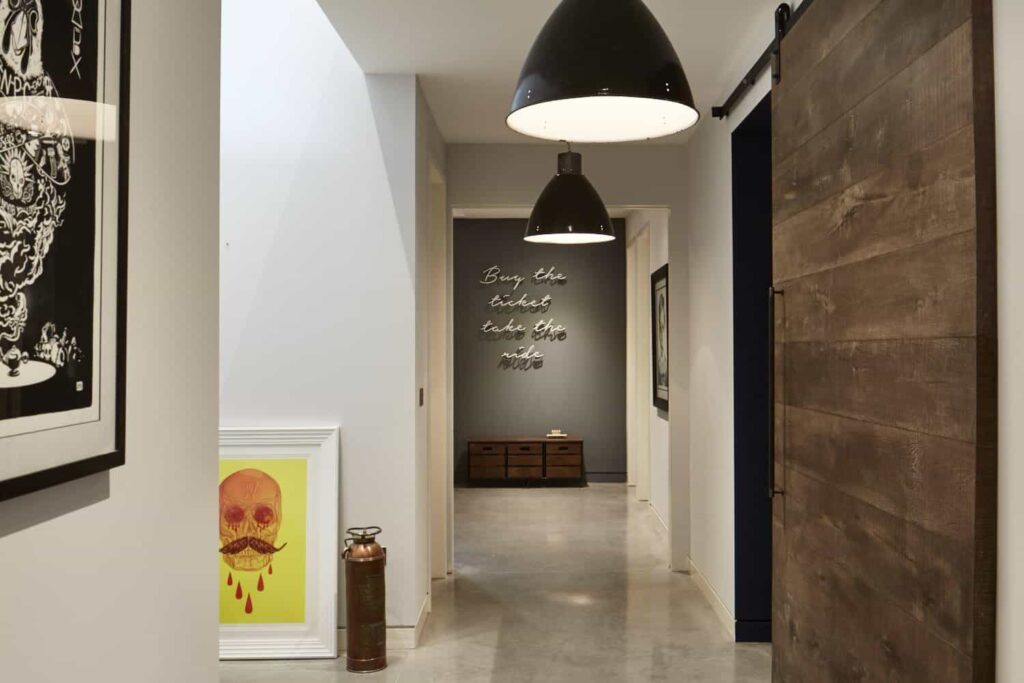Underfloor Heating vs Radiators? And the winner is…

Are you torn between underfloor heating and radiators? We found a useful article in Homebuilding & Renovating that might help you make a decision.Scroll down to read the article.Your choice of heating emitter will dictate the way in which heat is distributed and, crucially, how you experience it in your home. What’s more, choosing between underfloor heating […]
What you didn’t know about basement extension building regs

With space at a premium these days, high property prices and soaring stamp duty rates, we have seen an increase in extensions, loft conversions and basement conversions as a way to increase the living area of a home. Whilst extensions and loft conversions have been common, basement conversions in the London area are relatively new, […]
Matching materials for an extension from Homebuilding and Renovation

If you are considering an extension think about matching the roof tiles, bricks and stone to your original build. It may be that you want a modern extension to complement your existing structure, but if you want a seamless look, matching these aspects to your original structure may need some planning.We found this useful article […]
Renovating a Rental Property… Here’s what you need to know

If you are a landlord or about to become a landlord, how you renovate your rental property will depend on two main factors: the location of your property and who you intend to rent your property out to.If, for example, your property is in a not-so-sought-after area, chances are that the rental income you receive […]
How to choose and architect… It’s not as simple as you think

If you are embarking on a property renovations project, planning is key. You need to have all the major players in place before you can break ground, including architects, interior designers, builders and surveyors. At SDA Build London, our years of experience working on high-end property renovation projects have taught us the importance of working together […]
Property Renovation Services – Start with the foundation…

We pride ourself in the high quality of property renovation services we offer. If you are about to start a property renovation project, whether its an extension or basement conversion, make sure your architect is on point with regards to the type and depth of foundation needed. Starting a property renovation project is daunting to […]